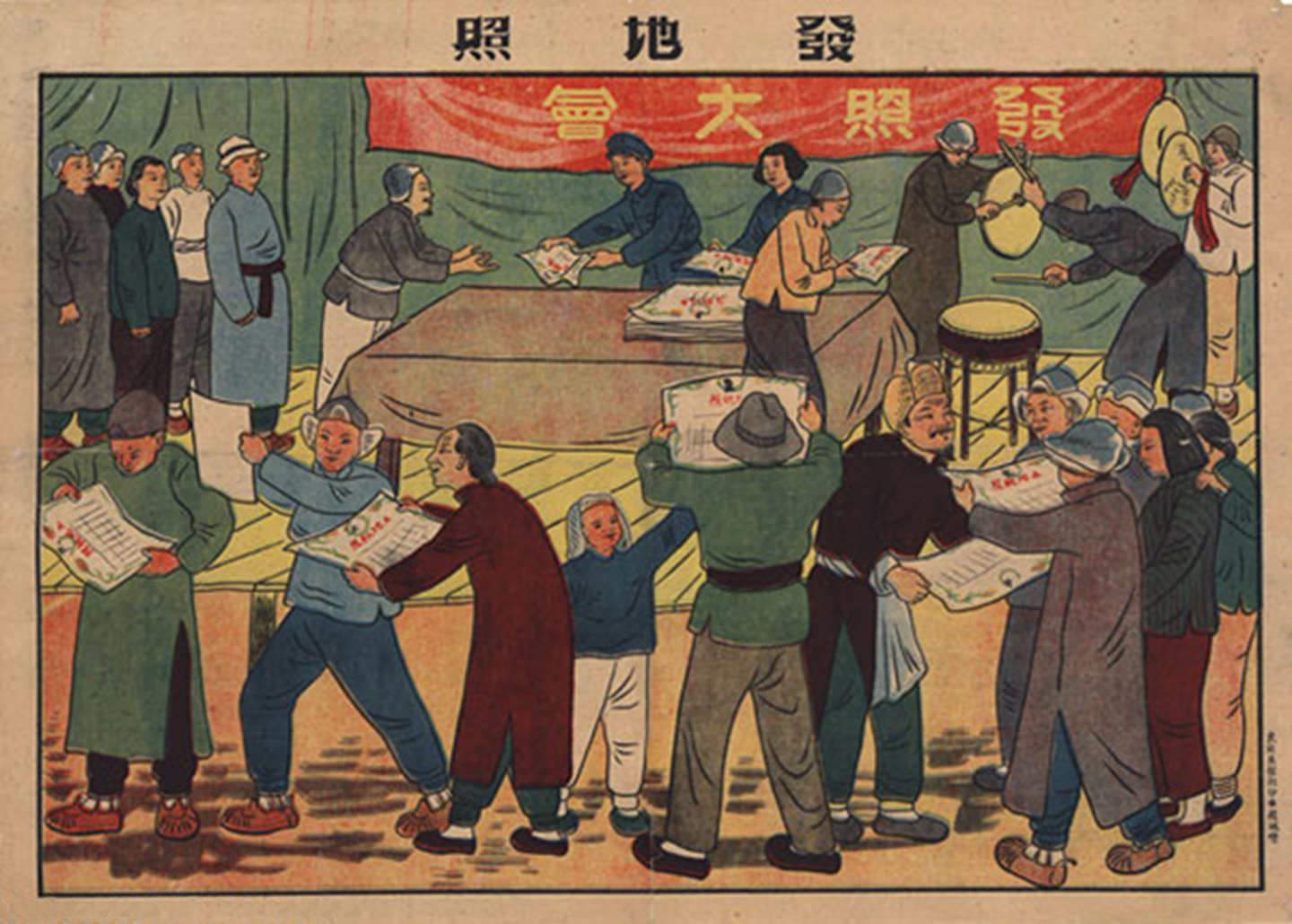Zhang Anzhi, Collected Writings on Art by Zhang Anzhi (Renmin meishu chubanshe, 1999), 29.
Zhang Anzhi, “A Brief Discussion on Portraiture—After Viewing a Portrait Exhibition,” in Collected Writings on Art by Zhang Anzhi, 22.
Anzhi, “A Brief Discussion on Portraiture,” 49.
For debate on Xu Beihong’s vision of a Chinese painting and creative method that fused China and the West, see Wan Xinhua, “A Discussion of the Teaching of Chinese Painting in the Department of Art, Normal College of the National Central University” in Art for Life: Collected Art Writings of Xu Beihong’s Students, ed. China National Academy of Painting (Zijincheng chubanshe, 2010).
Qu Baiyin, “A Monologue on Film Innovation,” Film Art, 1962, 55.
See Qin Suquan, “The Complete Story of ‘Innovation Monologue,’” Film Art, 1999, 5.
Wang Hui, Depoliticized Politics: The End of the Short 20th Century and the 1990s (Shenghuo/du shu/xin zhi, Sanlian shudian, 2008), 18.
This article was written in Chinese, translated by Hannah Theaker, and is published here with abridgements. The original article is based on the exhibition Community of Feeling: Emotional Patterns in Art in Post-1949 China (Beijing Inside-Out Art Museum, 2019), curated by the author, and will be included in the forthcoming eponymous catalogue to be published by Zhejiang Photographic Press in Hangzhou, China.
